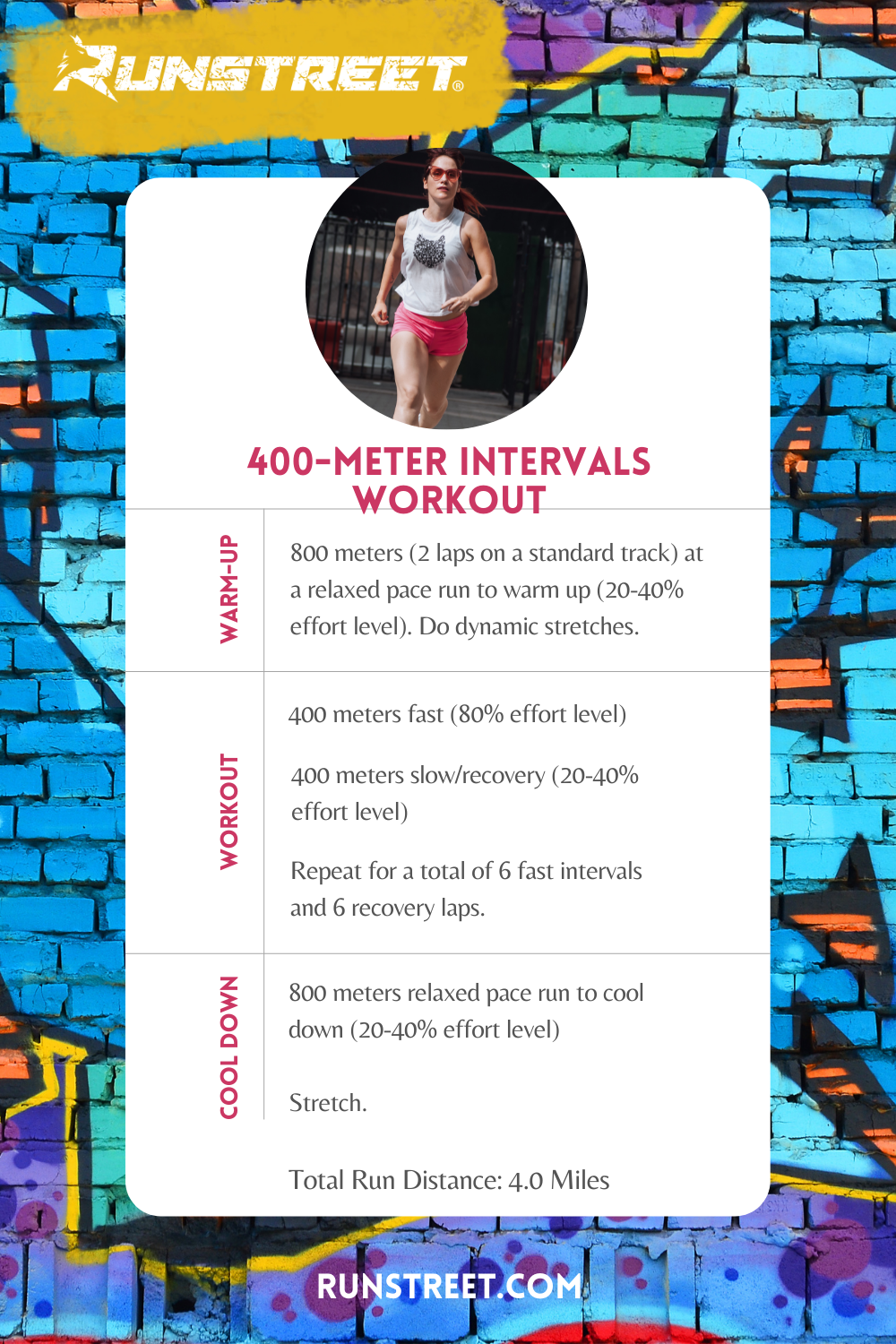The Ultimate Running Strategy Guide: Accomplish Your Physical Fitness Goals
Dealing With Typical Running Discomforts: Reasons, Solutions, and Avoidance
As runners, we typically experience numerous pains that can hinder our performance and satisfaction of this physical task. By discovering the root factors for these operating pains, we can discover targeted options and preventative measures to ensure a smoother and much more fulfilling running experience.
Typical Running Discomfort: Shin Splints
Shin splints, a typical running pain, usually result from overuse or incorrect shoes during physical task. The recurring anxiety on the shinbone and the tissues connecting the muscles to the bone leads to swelling and pain.
To protect against shin splints, individuals should gradually increase the intensity of their workouts, wear ideal footwear with appropriate arch support, and preserve versatility and toughness in the muscle mass bordering the shin (running workout). Additionally, integrating low-impact tasks like swimming or cycling can help preserve cardio health and fitness while permitting the shins to heal.
Typical Running Pain: IT Band Disorder
In enhancement to shin splints, one more common running discomfort that athletes often encounter is IT Band Syndrome, a problem triggered by swelling of the iliotibial band that leaves the external upper leg and knee. IT Band Disorder normally shows up as discomfort outside of the knee, especially during activities like running or biking. The iliotibial band is a thick band of fascia that links the aware of the shin, and when it comes to be irritated or tight, it can rub versus the upper leg bone, leading to pain and pain.
Joggers experiencing IT Band Syndrome might notice a stinging or hurting experience on the external knee, which can aggravate with ongoing task. Aspects such as overuse, muscle mass discrepancies, improper running type, or inadequate workout can add to the growth of this condition.
Common Running Pain: Plantar Fasciitis

Plantar Fasciitis can be credited to numerous factors such as overtraining, incorrect footwear, running on hard surfaces, or having high arcs or flat feet. To stop and reduce Plantar Fasciitis, joggers can incorporate stretching workouts for the calf bones and plantar fascia, wear encouraging shoes, preserve a healthy weight to minimize strain on the feet, and progressively boost running strength to prevent sudden stress on the plantar fascia. If signs linger, it is suggested to consult a medical care professional for proper medical diagnosis and treatment options to resolve the problem successfully.
Usual Running Discomfort: Jogger's Knee
After addressing the obstacles of Plantar Fasciitis, an additional widespread problem that runners typically face is Jogger's Knee, a typical running discomfort that can prevent athletic efficiency and trigger discomfort throughout exercise. Jogger's Knee, additionally called patellofemoral pain disorder, materializes as pain around or behind the kneecap. This problem is usually credited to overuse, muscular tissue discrepancies, inappropriate running techniques, or problems with the positioning of the kneecap. Runners experiencing this pain might feel a dull, hurting pain while running, rising or down stairways, or after long term periods of resting. To stop Runner's Knee, it is crucial to include proper workout and cool-down regimens, preserve solid and balanced leg muscles, wear suitable shoes, and slowly increase running intensity. If signs linger, inquiring from a health care expert or a sporting activities medication specialist is advised to identify the underlying cause and create a tailored treatment plan to alleviate the pain and avoid additional difficulties.
Common Running Pain: Achilles Tendonitis
Typically afflicting joggers, Achilles Tendonitis is an unpleasant condition that influences the Achilles ligament, creating discomfort and prospective limitations in exercise. The Achilles ligament is a thick band of cells that connects the calf muscular tissues to the heel bone, crucial for tasks like running, leaping, visit our website and walking - check over here. Achilles Tendonitis commonly establishes due to overuse, incorrect shoes, poor extending, or sudden increases in exercise
Symptoms of Achilles Tendonitis consist of discomfort and rigidity along the ligament, especially in the early morning or after periods of inactivity, swelling that worsens with activity, and possibly bone stimulates in chronic situations. To avoid Achilles Tendonitis, it is necessary to extend appropriately in the past and after running, use suitable footwear with proper assistance, gradually enhance the strength of workout, and cross-train to minimize repetitive stress on the tendon. Therapy might include rest, ice, compression, elevation (RICE procedure), physical treatment, orthotics, and in extreme situations, surgical treatment. Early intervention and appropriate treatment are critical for managing Achilles Tendonitis successfully and stopping long-term problems.
Verdict
